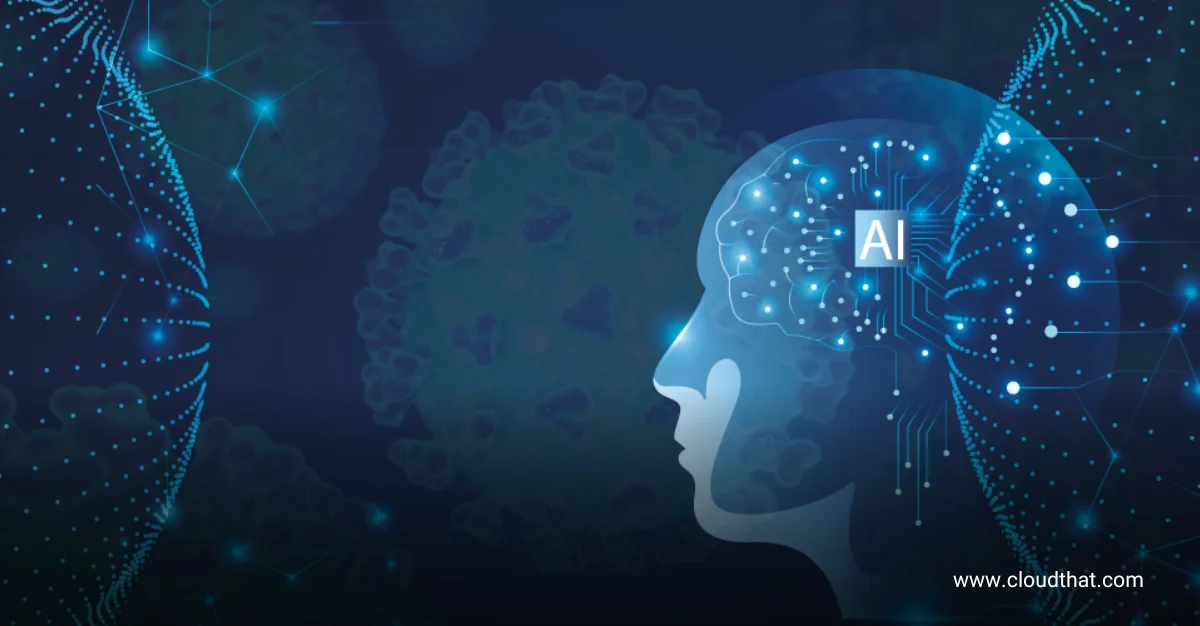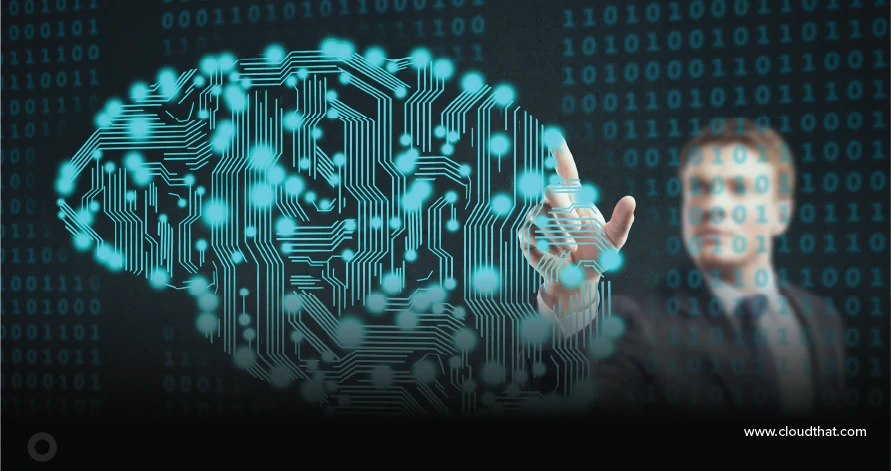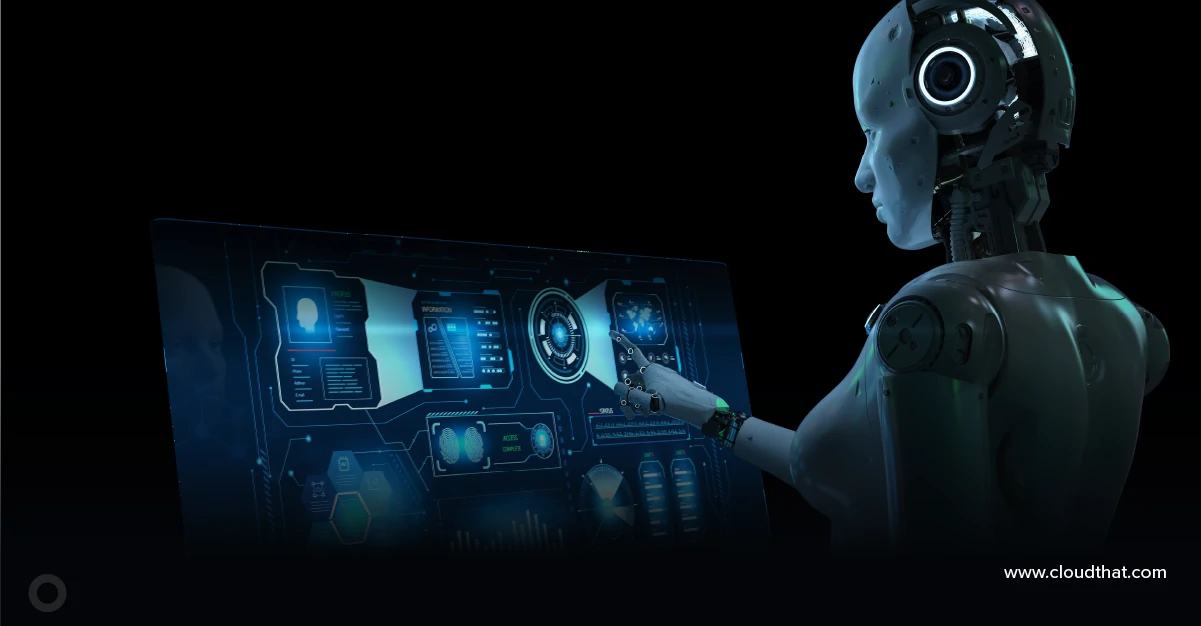|
Voiced by Amazon Polly |
Introduction
In recent years, computer vision has emerged as a revolutionary technology with significant potential to transform various industries. One area where it is making a remarkable impact is healthcare, particularly in medical imaging and diagnostics. Computer vision techniques and artificial intelligence (AI) algorithms are revolutionizing how medical images are analyzed, interpreted, and utilized for diagnosis and treatment. In this blog, we will explore the growing role of computer vision in healthcare and its transformative effect on medical imaging and diagnostics.
Pioneers in Cloud Consulting & Migration Services
- Reduced infrastructural costs
- Accelerated application deployment
Enhanced Image Analysis
Medical imaging, including techniques such as X-rays, magnetic resonance imaging (MRI), computed tomography (CT), and ultrasound, plays a crucial role in diagnosing and monitoring various diseases and conditions. However, interpreting these images is often complex and time-consuming, requiring expertise and experience. Computer vision algorithms can potentially assist healthcare professionals by automating and enhancing image analysis.
By leveraging deep learning algorithms, computer vision systems can detect abnormalities, classify different anatomical structures, and accurately identify patterns in medical images. For example, in radiology, computer vision algorithms can detect early signs of diseases like cancer, identify specific pathologies, and aid in assessing disease progression. This enables faster and more precise diagnosis, leading to improved patient outcomes.
Efficient Diagnostics
Computer vision techniques can significantly improve the efficiency of diagnostics by automating repetitive and time-consuming tasks. For instance, in pathology, computer vision systems can analyze tissue samples and identify cancerous cells, reducing the burden on pathologists and potentially accelerating the diagnosis process. Similarly, in ophthalmology, computer vision algorithms can analyze retinal images and detect signs of diseases like diabetic retinopathy or glaucoma.
Furthermore, computer vision can enable the integration of different imaging modalities and data sources, providing a comprehensive view of a patient’s condition. By combining information from multiple sources, such as medical images, electronic health records, and genetic data, healthcare professionals can make more informed and personalized treatment decisions.
Improved Accessibility
One of the significant advantages of computer vision in healthcare is its potential to improve accessibility to medical imaging and diagnostics, especially in underserved areas or regions with limited resources. With the advancements in mobile technology and portable imaging devices, computer vision algorithms can be deployed in remote or low-resource settings, bringing diagnostic capabilities to areas with limited access to specialized healthcare.
For example, telemedicine applications empowered by computer vision can allow remote medical professionals to analyze images and provide diagnostic support to healthcare providers in remote locations. This enables timely interventions and reduces the need for patients to travel long distances for expert consultations. Additionally, computer vision algorithms can aid in screening programs by automatically identifying individuals who may require further diagnostic tests, facilitating early detection and intervention.
Challenges and Considerations
While computer vision offers significant potential, there are several challenges and considerations to address for successful integration into healthcare. One primary concern is the need for robust and diverse datasets to train computer vision models effectively. Access to high-quality annotated medical images is crucial for training accurate algorithms. Collaboration between healthcare institutions, researchers, and technology companies is essential to build comprehensive datasets encompassing various diseases, conditions, and patient demographics.
Another consideration is the need for validation and regulatory approval of computer vision algorithms in healthcare. As these algorithms become integral to the diagnostic process, ensuring their safety, reliability, and adherence to ethical standards is crucial. Regulatory bodies and healthcare professionals need to establish guidelines and standards for developing, validating, and deploying computer vision systems in clinical practice.
Furthermore, the importance of human expertise and collaboration cannot be understated. Computer vision algorithms should be designed to assist healthcare professionals rather than replace them. The role of healthcare providers in verifying and validating the results provided by computer vision systems is critical to ensure accurate diagnosis and appropriate treatment decisions.
Conclusion
However, it is essential to address data, validation, and collaboration challenges to ensure the safe and effective implementation of computer vision in clinical practice. With continued research, innovation, and collaboration, computer vision has the potential to reshape the future of healthcare, providing better and more accessible diagnostic capabilities for the benefit of patients worldwide.
Drop a query if you have any questions regarding Computer Vision and we will get back to you quickly.
Empowering organizations to become ‘data driven’ enterprises with our Cloud experts.
- Reduced infrastructure costs
- Timely data-driven decisions
About CloudThat
CloudThat is an award-winning company and the first in India to offer cloud training and consulting services worldwide. As a Microsoft Solutions Partner, AWS Advanced Tier Training Partner, and Google Cloud Platform Partner, CloudThat has empowered over 850,000 professionals through 600+ cloud certifications winning global recognition for its training excellence including 20 MCT Trainers in Microsoft’s Global Top 100 and an impressive 12 awards in the last 8 years. CloudThat specializes in Cloud Migration, Data Platforms, DevOps, IoT, and cutting-edge technologies like Gen AI & AI/ML. It has delivered over 500 consulting projects for 250+ organizations in 30+ countries as it continues to empower professionals and enterprises to thrive in the digital-first world.
FAQs
1. How is data used in computer vision for healthcare?
ANS: – Data plays a vital role in training and validating computer vision algorithms for healthcare applications. High-quality annotated medical images train algorithms to recognize patterns and abnormalities. Diverse and comprehensive datasets are necessary to ensure computer vision systems’ accurate and reliable performance.
2. Can computer vision improve access to healthcare in remote areas?
ANS: – Yes, computer vision can enhance accessibility to healthcare in remote or underserved areas. Portable imaging devices combined with computer vision algorithms can enable remote diagnostics and telemedicine applications. This allows healthcare professionals to analyze images and provide support to patients and healthcare providers in remote locations, reducing the need for travel and improving access to specialized care.
3. What are the prospects of computer vision in healthcare?
ANS: – The prospects of computer vision in healthcare are promising. Continued research and innovation in computer vision techniques, coupled with advancements in AI, are expected further to enhance the capabilities of medical imaging and diagnostics. Integration with other emerging technologies, such as robotics and genomics, may open new possibilities for personalized medicine and precision diagnostics.

WRITTEN BY Hitesh Verma
Hitesh works as a Senior Research Associate – Data & AI/ML at CloudThat, focusing on developing scalable machine learning solutions and AI-driven analytics. He works on end-to-end ML systems, from data engineering to model deployment, using cloud-native tools. Hitesh is passionate about applying advanced AI research to solve real-world business problems.


 Login
Login


 July 31, 2023
July 31, 2023 PREV
PREV










Comments